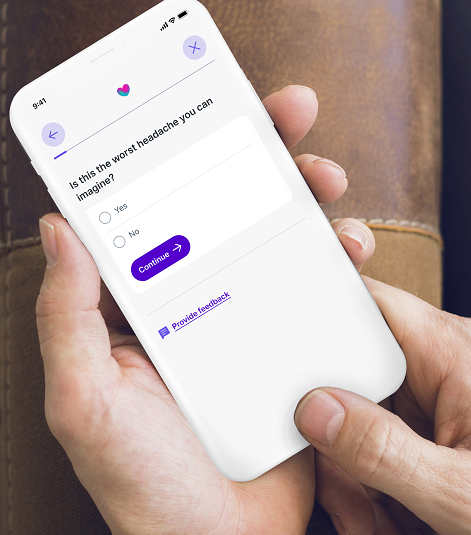 Amazon has approval for the $3.9 billion One Medical acquisition from the Oregon Health Authority (OHA)–but with conditions. OHA’s task is to review transactions such as these in how they affect patient cost, access, quality, and equity. OHA’s key comments were positive on cost and access, equivocal on quality, and expressed concern on equity (28 December PDF here):
Amazon has approval for the $3.9 billion One Medical acquisition from the Oregon Health Authority (OHA)–but with conditions. OHA’s task is to review transactions such as these in how they affect patient cost, access, quality, and equity. OHA’s key comments were positive on cost and access, equivocal on quality, and expressed concern on equity (28 December PDF here):
Cost: “…the transaction will not meaningfully change Amazon and One Medical’s market share for primary care services in Oregon. Commercial insurance payment rates for One Medical are negotiated through the partnership with Providence [Health & Services].” In the Conclusions, they noted that “Amazon, with its advanced supply chain and purchasing power, may generate efficiencies and savings for One Medical, though any savings would not necessarily be passed to consumers.
Access: The few One Medical clinics were found to be in urban areas where there is good access to healthcare. “The entities have also stated that they plan to expand One Medical’s network of clinics, which may provide additional access to services.”
Quality: “OHA has limited insight into quality for One Medical locations, since its [five] Portland clinics opened in 2020 and 2021 and One Medical does not participate in some programs that require regular quality reporting.” However, they noted that “Amazon’s business model also has the potential to impact quality.”
Equity: concern on “One Medical siphoning off commercially insured patients with higher payment rates from clinics that serve more Medicaid and Medicare-covered patients.”
Conditions for approval are in reporting on these areas. Amazon is to report on the services it provides and the quality of care, plus any governance or organizational changes, every six months for five years after the acquisition closes. OHA then must perform follow-up analyses on the impact of the transaction on the commitments Amazon makes on cost, access, and quality of care.
One Medical’s limited Oregon footprint proved to be helpful to Amazon in gaining OHA approval–but may be a Preview of Coming Difficulties. One Medical operates in 29 markets including NYC, Los Angeles, Boston, and Atlanta, with 815,000 members and 8,000 company clients. States like New York, Massachusetts, Connecticut, and California are not exactly pushovers for approval, with California alone having two approval entities. Then there are the Feds. Back in September, Amazon disclosed the Federal Trade Commission (FTC) was scrutinizing the acquisition, with no resolution announced yet. One Medical also owns Iora Health, which has a full-risk value-based care model for patients in Medicare Advantage (MA) and Medicare shared savings across seven states–HHS and CMS territory. Two more shoes yet to drop: the SEC and the Department of Justice (DOJ). DOJ of late casts a gimlet eye on any healthcare merger–just ask UnitedHealth Group and Change Healthcare, which they are still fighting.
This Editor will stand by last year’s prediction: Iora will be sold either before or immediately after closing. The higher cost/higher care needs Medicare market doesn’t fit with Amazon’s monetization model. It is less profitable and requires advanced risk management, a skill set that Amazon doesn’t have and likely doesn’t want. MA and MSSP (Medicare Shared Savings Program) routinely face regular Federal scrutiny, which Amazon doesn’t do well either. Amazon can use the cash; it is facing major league bad press with its planned layoff of 18,000 workers, about 6% of its 300,000-person corporate staff. One wonders if many of its shareholders (other than Jeff Bezos) approve of this massive investment in a relatively small provider organization. Reuters
Mobihealthnews, FierceHealthcare
 Cano Health made the obvious, and perhaps the only, choice. Interim chief executive officer Mark Kent was appointed both as permanent CEO and joined the company’s board of directors. Founder Dr. Marlow Hernandez, the founding and former CEO up to 16 June when Mr. Kent was appointed, immediately stepped down from the board.
Cano Health made the obvious, and perhaps the only, choice. Interim chief executive officer Mark Kent was appointed both as permanent CEO and joined the company’s board of directors. Founder Dr. Marlow Hernandez, the founding and former CEO up to 16 June when Mr. Kent was appointed, immediately stepped down from the board.










Most Recent Comments